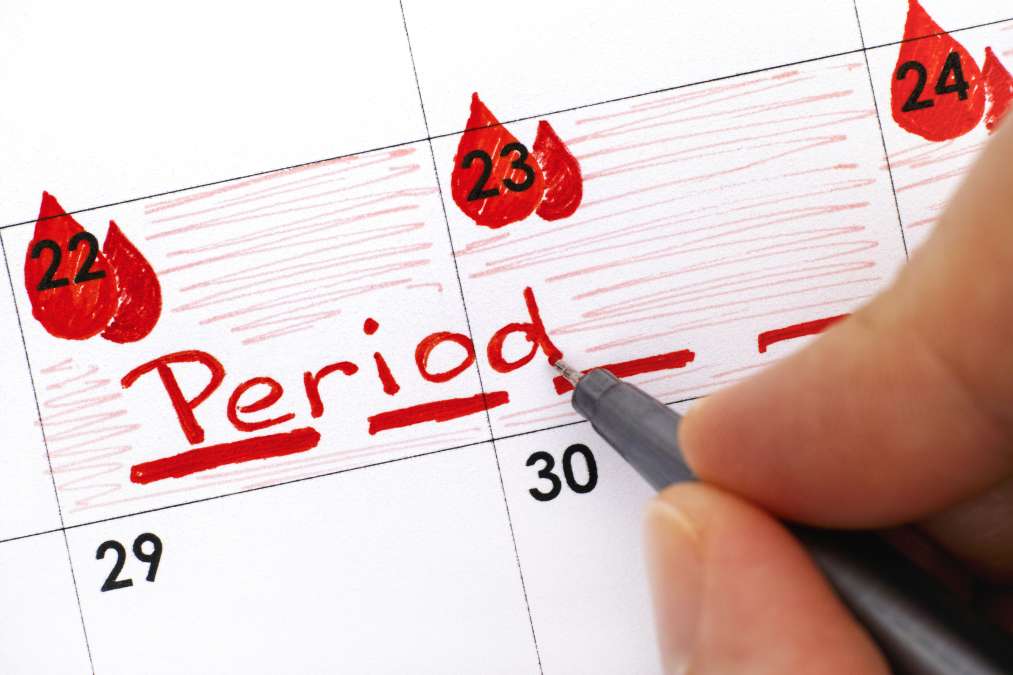Share This Article
For couples embarking on the family planning journey, the concept of a fertility calendar can be a valuable tool. In this article, we will explore the ins and outs of using a calendar and its effectiveness. We will also discuss how it can assist couples in their quest for conception. From understanding the menstrual cycle to pinpointing fertile windows, we will decode the science behind this age-old method and offer practical insights into its application.
Navigating the path to family planning often brings couples face-to-face with many techniques, with the fertility calendar standing out as one of the most commonly referenced. This article looks into the science and art of tracking one’s menstrual cycle to identify the most fertile days. As couples aim to optimize conception or prevent pregnancies naturally, understanding this method’s efficacy and potential pitfalls becomes significant. This exploration seeks to demystify the fertility calendar and discuss its role in modern-day reproductive choices.
1. The Menstrual Cycle and Fertility
a. Understanding the Menstrual Cycle
The menstrual cycle is a fundamental aspect of a woman’s reproductive system, consisting of several phases that influence fertility.
b. Fertile Days in the Cycle

To maximize the chances of conception, it is crucial to identify the days when a woman is most fertile. The calendar plays an important role in this process.
2. How Does The Calendar Work?
a. Tracking Menstrual Data
The foundation of a fertility calendar is tracking menstrual data, including the start and end of each period.
b. Predicting Ovulation

By analyzing the data, the calendar can predict the approximate ovulation date, a prime time for conception.
c. Identifying Fertile Windows
The fertility calendar pinpoints specific days or a window during which the chances of conceiving are highest.
3. Effectiveness of the Fertility Calendar
a. Pros of Using a Fertility Calendar
It is a cost-effective and non-invasive method. It can empower couples with knowledge about their fertility patterns.
b. Cons of Using a Fertility Calendar

While the calendar is valuable, it is not foolproof and may only work for some couples. Factors such as irregular menstrual cycles can complicate predictions.
4. Who Can Benefit from Using a Fertility Calendar?
a. Couples with Regular Menstrual Cycles
Couples with regular menstrual cycles may find the fertility calendar particularly effective for predicting fertile windows.
b. Women Who Want to Understand Their Bodies

Using a calendar can be an educational experience. It allows women to deepen their understanding of their menstrual cycle.
5. How to Use a Fertility Calendar Effectively
a. Record Menstrual Data
Accurate record-keeping is crucial. Note the first day of each menstrual period as well as its duration.
b. Calculate Ovulation

Use your menstrual data to calculate when ovulation is likely to occur. This is typically around the midpoint of your cycle.
c. Identify Fertile Days
Mark the days leading up to and following ovulation as your fertile window. These are the days when conception is most probable.
6. Combining Methods for Enhanced Accuracy
a. Ovulation Predictor Kits
Ovulation predictor kits can complement the calendar by providing real-time hormone levels and ovulation data.
b. Cervical Mucus Monitoring

Monitoring changes in cervical mucus consistency can offer additional clues about your fertile days.
When used effectively, the fertility calendar can be a powerful tool for couples on their family planning journey. It helps pinpoint fertile windows, empowering couples with knowledge about their unique fertility patterns. While it may not work for everyone, particularly those with irregular menstrual cycles, it can be a cost-effective first step in understanding your fertility. By combining the fertility calendar with other methods and seeking guidance from doctors couples can enhance their chances of achieving their dream of parenthood.
